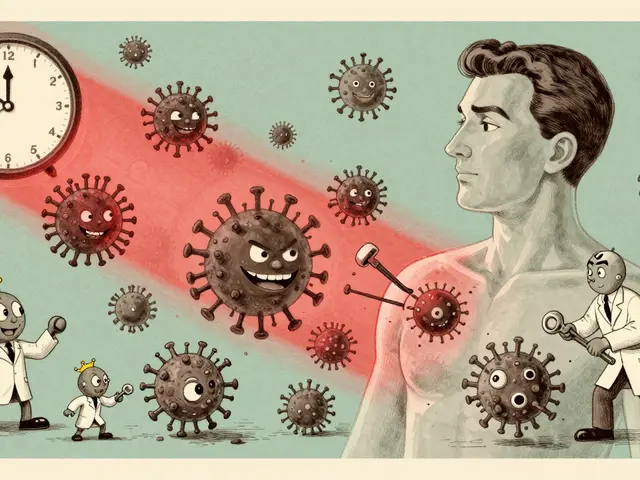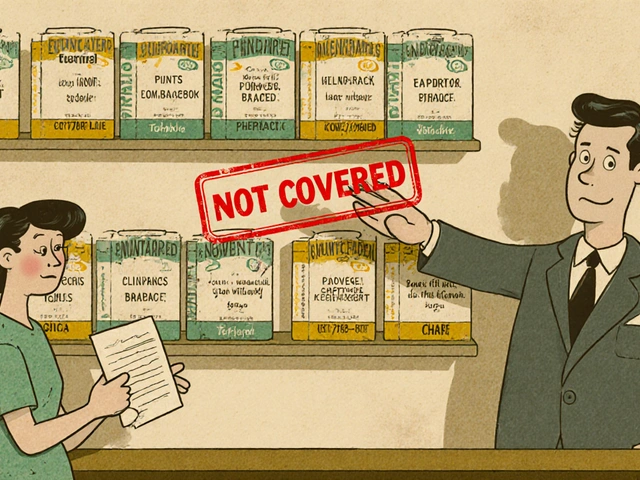Fertility treatments: clear options, real steps, and what to expect
Trying to get pregnant and feeling lost? You’re not alone. Fertility treatments cover a range of options—from simple medications to advanced lab work—and each has different timeframes, costs, and success chances. This guide breaks down the main choices so you can ask better questions and make clearer decisions.
When to see a fertility specialist
If you’re under 35 and haven’t conceived after a year of regular unprotected sex, or over 35 and haven’t conceived after six months, it’s time to see a specialist. Also book a visit sooner if you have irregular periods, known pelvic disease, recurrent pregnancy loss, or a partner with diagnosed sperm issues. A basic workup usually includes ovarian reserve tests, hormone panels, and a semen analysis—these tests shape the treatment plan.
Main treatment options, in plain language
Medications: Often the first step. Pills like clomiphene or letrozole help trigger ovulation. They’re affordable and commonly used for irregular ovulation or mild infertility. Expect cycles of monitoring with blood tests and ultrasounds. Side effects are usually mild, but multiple births are a small risk.
IUI (intrauterine insemination): Sperm is washed and placed directly into the uterus around ovulation. IUI is less invasive than IVF and works best when the woman has open tubes and the male partner’s sperm is normal or mildly low. Typical success per cycle ranges from low to mid-teens percent, depending on age and cause of infertility.
IVF (in vitro fertilization): Eggs are retrieved and fertilized in a lab, then embryos are transferred back to the womb. IVF has the highest success rates for many diagnoses. For women under 35, fresh-cycle success can be roughly 40% per cycle; rates drop with age. IVF cost varies widely and may include meds, monitoring, egg retrieval, lab fees, and embryo transfer.
Advanced options: ICSI (injecting a single sperm into an egg) helps with severe male factor infertility. Donor eggs or sperm and gestational carriers are options when one partner can’t provide healthy gametes or carry a pregnancy. These paths work but add legal, emotional, and financial layers.
Risks and timeline: Expect months of testing and treatment. Risks include ovarian hyperstimulation (rare with current protocols), multiple pregnancy (higher with IUI and some IVF transfers), and emotional stress. Planning ahead for costs and support matters as much as medical choices.
How to choose a clinic and what to ask: Check clinic success rates by age, ask about average cycles to pregnancy, fees and what's included, embryo freezing policies, and counselor access. Ask how they personalize protocols and how many embryos they transfer.
Quick practical tips: track cycles before starting treatment, optimize basic health (stop smoking, manage weight, check vitamin D), and bring your partner to appointments when possible. Don’t hesitate to get a second opinion if you feel uncertain.
This isn’t a script for every person—fertility care should fit your specific situation. Use this guide to start conversations with your doctor and to focus on options that match your goals and timeline.

5 Alternatives to Clomid in 2025: Exploring New Options for Fertility Treatment
Navigating fertility treatments can be daunting, especially when traditional options like Clomid aren't suitable or effective. In 2025, several alternatives offer hope and personalized approaches for those pursuing parenthood. This article explores five promising treatments, highlighting their unique benefits, potential drawbacks, and how they compare, giving readers a comprehensive insight into selecting the right option for their fertility journey.
Read More




